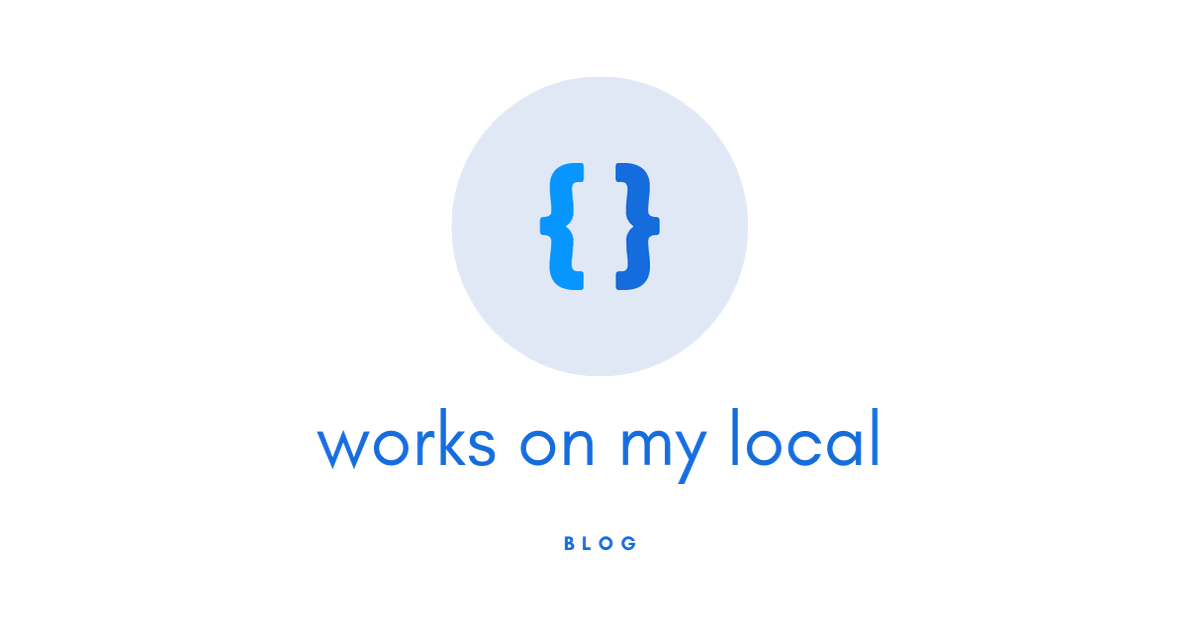How Blockchains Work
Chances are, you know what Bitcoin is. After all, it’s valued at over $47,000 per Bitcoin right now. This post isn’t about the business side of things, though, or the BTC speculative bubble. I want to explain how it works.1
Hashes of this type are used to check passwords—you can check whether a password matches without storing the password itself.2
Blockchains are a kind of ledger: they have entries added to them over time. Hashes can help with that by protecting the ordering and contents of messages.
These hash ledgers are tamper-resistant because the digests of later entries depend on the earlier entries. Modifying or adding entries will change the digest of later entries.
With a tamper-resistant ledger where each entry depends on the previous entries, we’ve effectively implemented a very simple blockchain. This is not the same as the blockchain, though; for that we need…
The novelty of Bitcoin is that it is a distributed system with no owner. This is what enthusiasts mean when they say that the blockchain is trustless: instead of central authority, like a bank, many “miners” compete to successfully write a new message to the blockchain. They do this by means of a proof-of-work algorithm, which we can implement in our ledger as well.






















